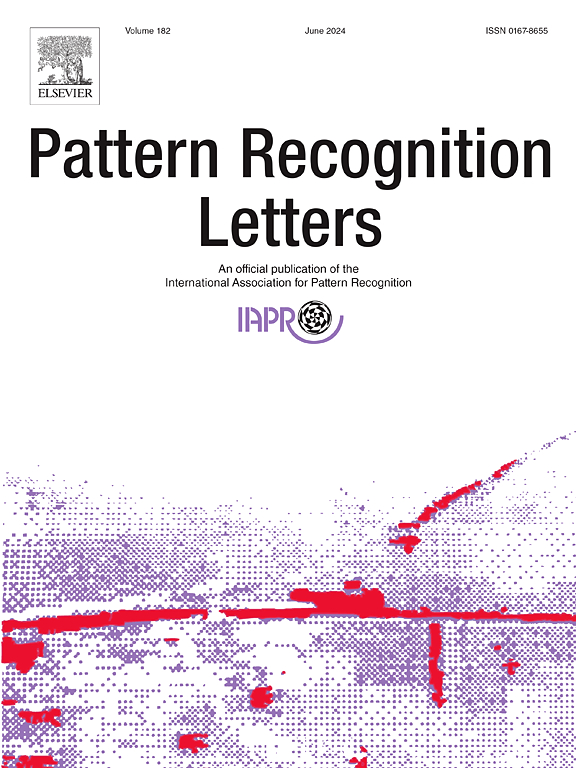位置扩散:基于图的集合排序扩散模型
IF 3.9
3区 计算机科学
Q2 COMPUTER SCIENCE, ARTIFICIAL INTELLIGENCE
引用次数: 0
摘要
定位推理是将未排序的部件集合排序为一致结构的过程。为了解决这个问题,我们提出了位置扩散(Positional Diffusion),这是一种采用扩散概率模型的即插即用图表述方法。利用扩散过程,我们在集合元素的位置上添加高斯噪声,并将它们映射到连续空间中的随机位置。通过基于注意力的图神经网络,位置扩散学会逆转噪声过程并恢复原始位置。为了评估我们的方法,我们在三个不同的任务和七个数据集上进行了广泛的实验,将我们的方法与视觉解谜、句子排序和房间布置的最先进方法进行了比较,结果表明,我们的方法优于解谜方面的长期研究,与第二好的深度学习方法相比,我们的方法最多可提高 17%,与句子排序和房间重新布置的最先进方法相比,我们的方法表现也不相上下。我们的工作强调了扩散模型在排序问题上的适用性,并提出了解决各种排序任务的新公式和方法。我们在 https://github.com/IIT-PAVIS/Positional_Diffusion 上发布了我们的代码。本文章由计算机程序翻译,如有差异,请以英文原文为准。
Positional diffusion: Graph-based diffusion models for set ordering
Positional reasoning is the process of ordering an unsorted set of parts into a consistent structure. To address this problem, we present Positional Diffusion, a plug-and-play graph formulation with Diffusion Probabilistic Models. Using a diffusion process, we add Gaussian noise to the set elements’ position and map them to a random position in a continuous space. Positional Diffusion learns to reverse the noising process and recover the original positions through an Attention-based Graph Neural Network. To evaluate our method, we conduct extensive experiments on three different tasks and seven datasets, comparing our approach against the state-of-the-art methods for visual puzzle-solving, sentence ordering, and room arrangement, demonstrating that our method outperforms long-lasting research on puzzle solving with up to compared to the second-best deep learning method, and performs on par against the state-of-the-art methods on sentence ordering and room rearrangement. Our work highlights the suitability of diffusion models for ordering problems and proposes a novel formulation and method for solving various ordering tasks. We release our code at https://github.com/IIT-PAVIS/Positional_Diffusion.
求助全文
通过发布文献求助,成功后即可免费获取论文全文。
去求助
来源期刊

Pattern Recognition Letters
工程技术-计算机:人工智能
CiteScore
12.40
自引率
5.90%
发文量
287
审稿时长
9.1 months
期刊介绍:
Pattern Recognition Letters aims at rapid publication of concise articles of a broad interest in pattern recognition.
Subject areas include all the current fields of interest represented by the Technical Committees of the International Association of Pattern Recognition, and other developing themes involving learning and recognition.
 求助内容:
求助内容: 应助结果提醒方式:
应助结果提醒方式:


